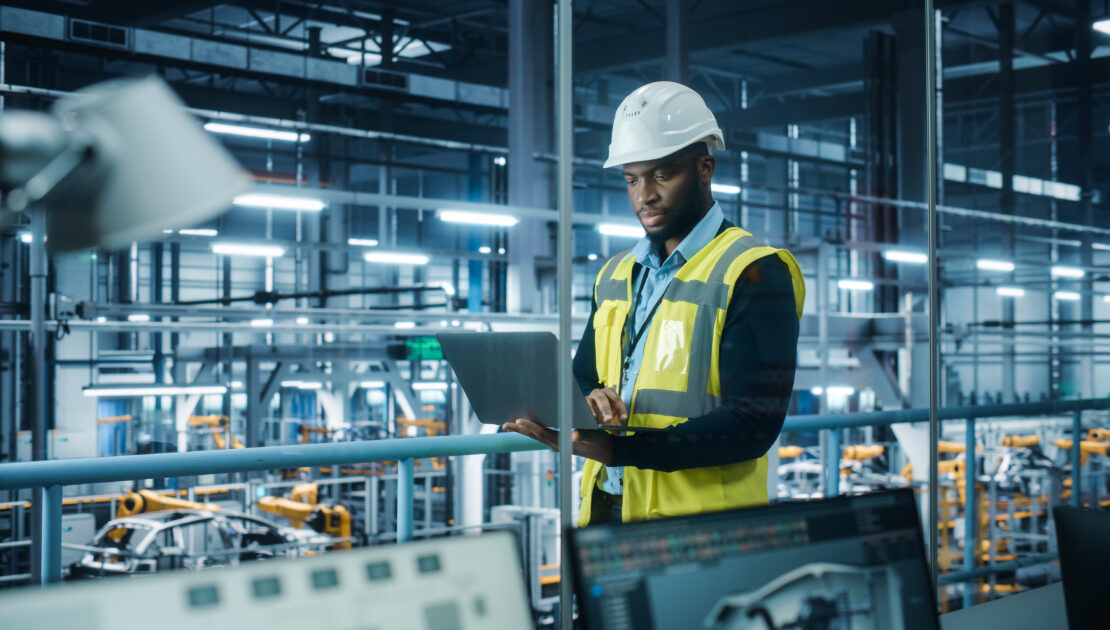The Tech that Could Shape the Future of Workplace Safety

While artificial intelligence, wearable tech and exoskeletons are not yet commonplace at every worksite, it is a very real possibility that these technologies, and a host of other emerging ones, will play critical roles in the future of work safety and workers’ compensation.
To find out what technologies are making a difference, or showing the potential to do so, the National Council on Compensation Insurance (NCCI) surveyed workers’ comp carriers and discovered a range of advanced safety technologies at various stages of implementation.
According to Raji Chadarevian, NCCI’s executive director of actuarial research, the biggest takeaway from conversations with carriers about their technology plans is the amount of activity taking place, but many are still in the experimental phase.
While a lot of experimentation is underway, Chadarevian noted there are a few technologies that are further along. For example, wearables — particularly those that can monitor a worker’s posture — are more easily adapted and a little further along in their lifecycle.
In addition to monitoring posture and location, wearables can also keep tabs on external environmental factors, such as noise level or temperature, to alert the worker and employer of potential hazards.
According to the NCCI, wearables can also take on the form of exoskeletons that can augment the abilities of a worker’s body, and training tools such as virtual reality or augmented reality headsets that can simulate the work environment.
Wearables also have the potential to address some of the most commonly injured body parts, including the lower back, according to the NCCI, which reported lower-back injuries rank first in lost-time claim counts and third in claim dollars.

While wearables show a lot of promise, they also draw privacy concerns from workers, which can lower adoption rates, NCCI reported, noting this is despite the fact that the data collected is typically only about the surroundings and not specific medical or health information.
Additionally, state laws and regulations might impact the type of data that employers can collect.
The ability to get employee buy-in is strongly associated with the workplace culture, Chadarevian says, adding that the less intrusive a technology is the more likely it is to be used.
“If there is a strong focus on safety and training, then you get a lot more buy-in,” he says. “If safety isn’t looked upon as a big part of the culture, then it becomes a lot harder to convince employees to take it on.”
NCCI also found that once a company starts going down the path of tech-powered safety programs they are more likely to adopt future technologies, subject to cost implications.
AI offers the most promise
When it comes to future technologies, perhaps none are drawing more attention than artificial intelligence. And that attention is justly earned, as AI can be deployed to bolster the abilities of a host of other safety-improving technologies.
Using AI to review video recordings and highlight the risk factors is one of the most promising applications, according to Chadarevian.
Here is how these AI-enhanced video systems work: Fixed cameras in a warehouse feed into an AI, which identifies hazards that could cause an injury, such as potential slips from liquids, struck-by injuries involving forklifts and strains from improper lifting techniques. The findings can then be used to take action to prevent injuries.
“As complex as that sounds, it seems that the technology is there and it is impressive,” Chadarevian says. “The video recordings aren’t new, but looking at these recordings was something more manual or done in a sampling way. Here you have a comprehensive way of reviewing all the work that is done, all the recordings. That automation is very powerful, and carriers are saying that is going to be a big change.”
Taking it one step further, these AI-enhanced video systems can also be combined with wearables so that workers can be alerted of unsafe conditions or potential hazards.
Chadarevian says the ability to assess data and offer real-time feedback is one of the biggest changes AI brings to the workplace safety toolbox.
Other potential game changers
In addition to wearables and AI, carriers told the NCCI that drones and the Internet of Things (IoT) are technologies they are currently using or exploring.
When it comes to drones, the NCCI reports they can help evaluate situations without exposing workers to potential risks. For example, drones can survey roofing conditions and cell towers and monitor air quality in confined spaces.
Much like wearables, IoT sensors and connected devices can relay a range of data, from temperatures to pressure and motion. When networked together, the data can help inform a smart system to adjust the lighting or temperature in a workplace, for example.
Article Published By: PropertyCasualty360.com
Article Written By: Steve Hallo
